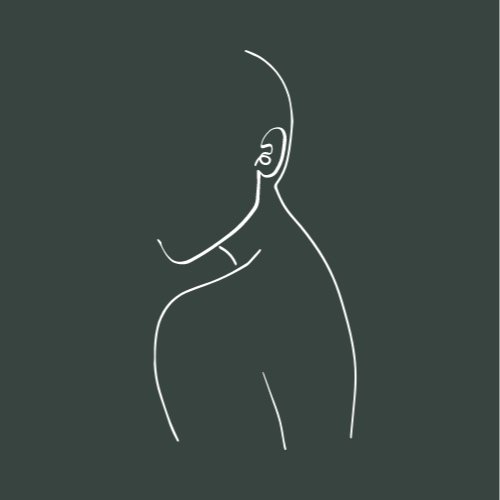Lymphatic Drainage
Myofascial Lymphatic Drainage
Myofascial Lymphatic Drainage Therapy (also referred to as simply MFLD) is a very gentle type of manual therapy used to drain excess fluid from the body and improve the overall functioning of the lymphatic (immune) system. MFLD is most commonly used to treat Lymphedema, which is characterized by the blockage of lymph nodes in the arms and legs.
Manual Lymphatic Drainage originated in Europe during the 1930s. It was first used on patients as an effective way to detoxify (ridding of waste) the body. Today, MLDT is still used as a way to improve the inner workings of the lymphatic system. The massage is applied gently in the direction of lymph flow in order to unblock any obstructed lymph vessels, and allow lymph flow to transport waste from the body freely.
MFLD is performed by a certified MFLD massage therapist, who applies a light form of pumping massage to their clients skin. MFLD is applied in gentle strokes towards the heart. This technique will lightly stretch the walls of the lymph vessels and encourage lymph drainage.
During your MFLD treatment your massage therapist will use the Myofascial Pump Technique to gently stretch the skin and fascia to encourage drainage of lymph.
Presently we are able to edema, including post-traumatic and post-surgical edema, and auto-immune diseases, prenatal & postnatal concerns, migraines, ear aches, chronic pain, and fatigue.
However, after September 24th, we will be able to palpate and evaluate each client’s current condition and to develop treatment protocols for managing multiple medically complex lymph-related pathologies. We focus especially on lymphedema, and people at risk for lymphedema due to cancer, lymph node removal and radiation.
Who should receive this work?
Anyone with a body honestly! The list below are a small sample of conditions that would benefit greatly from consistent Lymphatic Drainage sessions. Please make sure to scroll down further to read about Contraindications!
Autoimmune Diseases
Fibromyalgia, Chronic Fatigue Syndrome, Lyme Disease
Musculoskeletal
Sprains/ Strains, Muscle/ ligament tears, Arthritis, Tendonitis, Neck pain/ whiplash, Chronic pain
Neurological
Tension headaches, Migraines, Neuralgia, Multiple Sclerosis, Carpal tunnel syndrome
Stress reduction
Anxiety, Insomnia
Surgical
Post-surgical swelling, Pre-surgical preparation, Pre/ post cosmetic surgery, Varicose veins, Post vein stripping, Post lymph node removal, Post mastectomy edema
Diseases of the digestive tract
Chronic constipation, Ulcerative colitis, Crohn’s disease, IBS, Diverticulitis, Celiac disease
Contraindications
Contraindications happen when an increase in lymph flow would be detrimental. Contraindications can either be absolute or relative. The physician can override relative contraindications if he or she finds good reason, but the absolute contraindication cannot be overridden!
Absolute Contraindications : Lymphatic drainage is not appropriate at this time.
· Acute Inflammation
· Malignant tumors
· Thrombosis (Blood clot)
· Major heart problems including Congestive Heart Failure and Heart Attack- Increasing lymph flow may increase the cardiac load and increase pulmonary edema.
Relative Contraindications: Adjustments to the treatment usually address the situation.
· Kidney problems – check with the physician before treating.
· Bronchial asthma – this can stimulate the Vagus nerve bringing on an attack.
· Thyroid problems – no treatment around the throat.
· Medications – fear of increasing the dosage by draining the interstitial spaces.
· Chemotherapy – fear of increasing the dosage by draining the interstitial spaces.
· Removed spleen – recommend shorter session first.
· Menstruation – MFLD can increase the flow.
Our individual lymphatic systems are not that dissimilar to how water flows in nature.


